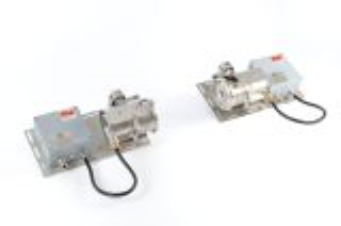 PROCESS:
PROCESS:
In power plants NOx reduction, referred to as DeNOx, is typically achieved by selective catalytic reduction (SCR) or selective noncatalytic reduction (SNCR). Ammonia is injected into the gas flow to react with NO to form H2O and N2. The excess ammonia (NH3) in the off gas is called NH3 slip. Ammonia is typically measured after the injection point (1) downstream from the catalysts (SCR). It’s important that the measurement be accurate, fast and reliable. Since ammonia is considered to be toxic, the emission to air is also measured in the stack (2). High sensitivity and high reliability are required.
TYPICAL PROCESS DATA
NH3 concentration 0-15 ppm (SCR), 0-50ppm (SNCR)
H2O content 10 –30%
Temperature 200-400 °C
Pressure atmospheric
Optical path length 1-6 meter
BENEFITS:
• Reduce the NOx emission to air.
• In-situ measurement (no sampling system)
• Fast response to process changes
• Easy control of the injection of the NH3
• Optimize/reduce the NH3 (Urea) consumption
• Extend lifetime of plant equipment
• Reduce running costs for plant equipment
• Low maintenance on plant equipment
Documentation
 Application note DeNox
Application note DeNox